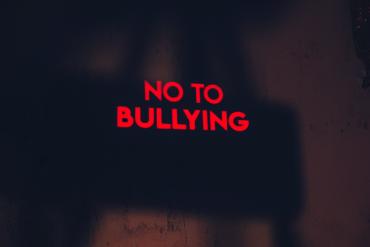Bullying Prevention
Evidence shows over 60% of children and young adults with autism experience bullying. Among them, high school students are most likely to be bullied, according to a recent study in JAMA Pediatrics. School-aged children on the autism spectrum who do not need special health care and those from disadvantaged neighborhoods were also identified in the study as more likely to be bullied than other autistic children.
The stakes here are high. Victims of bullying are at increased risk of developing mental health problems including depression and anxiety, as well as physical health issues such as headaches, stomachaches, and sleep problems. Some shut down. Others have outbursts of aggression without a clear trigger. Research has found that adolescents on the autism spectrum who were bulled were twice as likely as peers to develop suicidal tendencies.
Prevention is key. Below is a list of resources and tools to spot and stop bullying.
Resources
- Take a Stand Against Bullying
- Bullying Facts & Figures
- StopBullying.gov: Bullying and Youth with Disabilities and Special Health Needs
Note: If you’re thinking about suicide, are worried about a friend or loved one, or would like emotional support, the 988 Suicide & Crisis Lifeline network is available 24/7 across the United States. It is free and confidential. Call or text 988 on your phone. Línea de Prevención del Suicidio y Crisis: 1-888-628-9454.
Tools to use at home and in school
- Talk to your child about bullying
- Teach your child how to report bullying to an adult
- Notify the School About a Bullying Incident
- Bullying and Mainstreaming in the Schools
- School Community Tool Kit
Hope from the autistic community
- Autism POVs: Autism and bullying | Autism Speaks
- 6 Things Autistic People Want Bullies to Know | Autism Speaks
- In our own words: Bullying in the autistic community
- Five things that helped me when I was bullied as an autistic child
- Rise Above Bullying
- I was bullied because I was different, here is my advice

